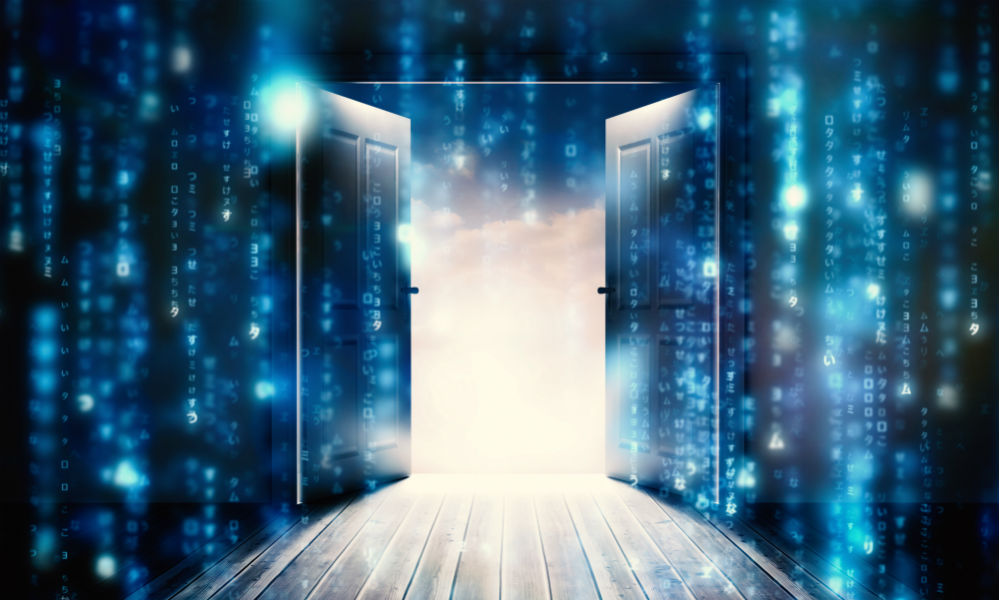
Digital transformation is real, and it’s taking over the business world. While many argue it’s because of advances in technology that are enabling businesses to become more agile and efficient, a new breed of workforce is at least as much of a driver.
When Cisco’s VP and CMO of Webex Collaboration Marketing Aruna Ravichandran took the stage for her keynote at ITEXPO 2020 in Ft. Lauderdale, Florida, she pointed to five key changes that are forcing businesses to adapt their work environments.
- Evolving workforce – Millennials have been the largest single generation in the workforce for several years, and will comprise 75% of the workforce within five years – and bring with them a new set of workplace tools.
- Changing nature of work – There has already been an explosion of gig workers, along with a much higher attrition rate among younger workers. Already more than a third of Millennials are part of the gig economy, and 91% say they expect to stay in a job for less than three years.
- Flexibility is a must – Millennials overwhelmingly want the ability to work any time, anywhere, without changing their future outlook.
- Tech disruption – New technologies are needed to help businesses meet the needs of this evolving workforce. “AI is no longer a just buzzword,” Ravichandran said, noting that 82% of Millennials say workplace tech influences their job decisions.
- Customer expectations – It’s no secret that customers have become less tolerant of poor service and are willing to move to competitive brands due to poor service. But they are actually redefining quality with their expectations of personalized service.
In order to accommodate these various trends, companies have to transform their work environments.
“It’s not just about the technology, though,” Ravichandran said. “It’s about the people and a cultural transformation and creating a work environment so that multigenerational workforces can coexist.”
When companies are able to do that, the results are clear: Employee engagement and productivity increases; they are in a better position to win the talent war; they are able to deliver a superior customer experience; and they are able to optimize the use of their corporate resources.
Ultimately, she said, “People aren’t using traditional workspaces – there are many different kinds of workspaces that need to be part of the overall process and employee experience. Companies need to think about this in the context of marrying workstyles with workspaces.”
Edited by
Erik Linask